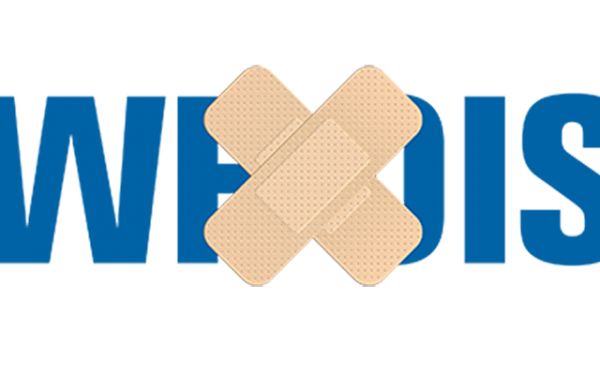Many years ago on my first trip to London, I encountered for the first time signs that warned pedestrians that vehicles might be approaching in a different direction than they were accustomed to in their home countries, given the left-versus-right-side driving patterns around the world. (I wrote a while back about one notable change from left-to-right, the Swedish “H Day,” as a comment on the IPv6 transition.)
If you’re not sure on which side to expect the vehicles, it’s better to look both ways — and look again — if you want to reduce the risk of a collision.
It’s quite fitting therefore (at least to the extent I can stretch the metaphor) that the first Workshop and Prize on Root Causes and Mitigations of Name Collisions (WPNC 14) will be held in London on March 8-10. The workshop — to be held at the Hilton London Metropole following the 89th meeting of the Internet Engineering Task Force (IETF) in the same location — will bring together researchers and practitioners to review the latest developments in understanding and preventing the impact of the unintended overlap of two name spaces.
The overlap of primary interest today, of course, is between the global Domain Name System (DNS) name space and local name spaces within installed systems, as I’ve further detailed in a recent blog series.
Much of the current concern centers around the “alternate path” introduced by ICANN in its Oct. 7, 2013 plan document, whereby a new top-level domain (TLD) can be added to the global DNS provided that the operator of the TLD agrees to avoid any second-level domain (SLD) that had a query in one of several past “Day in the Life” (DITL) data sets. It’s sort of like the warning sign telling me what traffic looked like the last eight times I arrived at Heathrow. Because it’s still not clear on what technical basis ICANN thinks this approach will work, Pat Kane and I just sent another letter to ICANN requesting an explanation.
The research community may well have better guidance — that’s what I’m most looking forward to about this workshop.
A workshop poster is now available as a further reminder of the call for papers, due Feb. 10.




